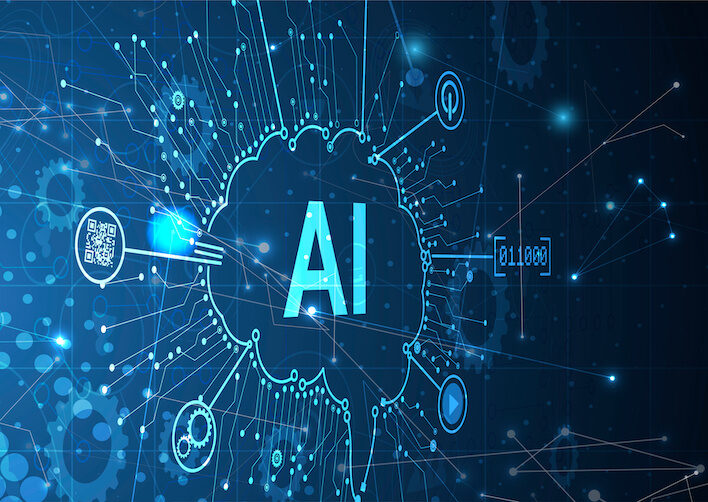How attackers use Artificial Intelligence (AI) to their advantage, and why an offensive AI strategy can help you scale your business.
In an era where threat actors are constantly adapting to circumvent conventional security protocols, the emergence of generative AI platforms has introduced a new layer of complexity to the cybersecurity landscape. Platforms such as ChatGPT, Godmode, AlphaCode, Bard, and Phind, initially developed to facilitate a wide array of tasks across industries, are now being leveraged by malicious actors to craft highly sophisticated and potentially devastating cyber threats. This proliferation of AI-powered attacks has led to an unprecedented challenge for the security community.
Generative AI platforms, once primarily seen as tools for productivity and creativity, are now serving as weapons in the hands of attackers. These platforms enable the rapid and automated generation of content, including text, images, and videos, which can be weaponized for a myriad of malicious purposes. Among the most concerning applications are the creation of convincing phishing emails, the development of malicious code that can evade traditional security measures, and the production of deepfake content for social engineering attacks. As AI technology becomes increasingly sophisticated, these malicious actors are continuously refining their techniques, making it imperative for the cybersecurity community to stay one step ahead.
DeepFake example – Bill Hader turns into Tom Cruise on Letterman
The offensive use of AI by threat actors is also growing in complexity as it scales, making the demand for a proactive and innovative approach from cybersecurity professionals a tall order in the current evolving landscape. To effectively level the playing field and mitigate the potential risks posed by AI-driven cyber threats, it is crucial to gain critical insights into the tactics, techniques, and procedures (TTPs) employed by these adversaries.
In an excerpt from Logically’s 2023 whitepaper, “The Modern SOC,” the impact of AI on cybersecurity is described as significant, “especially within the scope of a security operations center (SOC). Threat actors evolve constantly to outpace known security and detection measures, with a key component of their strategy including the use of generative AI platforms … bad guys are using AI, and you can’t waste time thinking about operations in the same old way. Investing in AI-integrated security is necessary in today’s cyber-driven economy.
In a 2023 interview with Christopher Novak, Director of Cybersecurity Consulting at Verizon Business, … looking at the defensive side of AI, he mentions there are patterns in threat actor actions that are common from one attack to the next, making it easier to block similar attacks. But if attackers consistently leverage generative AI tools to create more nuanced and scalable versions of their attacks, it can make pattern recognition difficult. It’s time to level the playing field and get ahead of potential risks.”
Staying ahead of the curve in the face of these emerging threats requires the adoption of advanced offensive and defensive security strategies and technologies, such as AI-driven threat detection and response systems, robust employee training programs to recognize AI-generated scams, and international cooperation to track down and bring cybercriminals to justice.
The challenge presented by the strategic use of AI platforms by threat actors is one that transcends traditional cybersecurity paradigms. As defenders of digital ecosystems, cybersecurity professionals must be vigilant, adaptable, and continually proactive to ensure the security of the cyber landscape in the age of AI-driven attacks.
Register for Joshua Skeens’ free session, “Unmasking the Threat: AI’s Impact on Cybersecurity in the Age of Advanced Attacks,” at LogicON.





